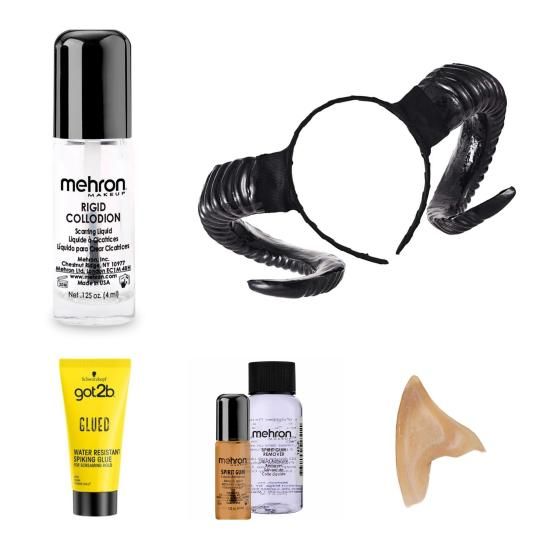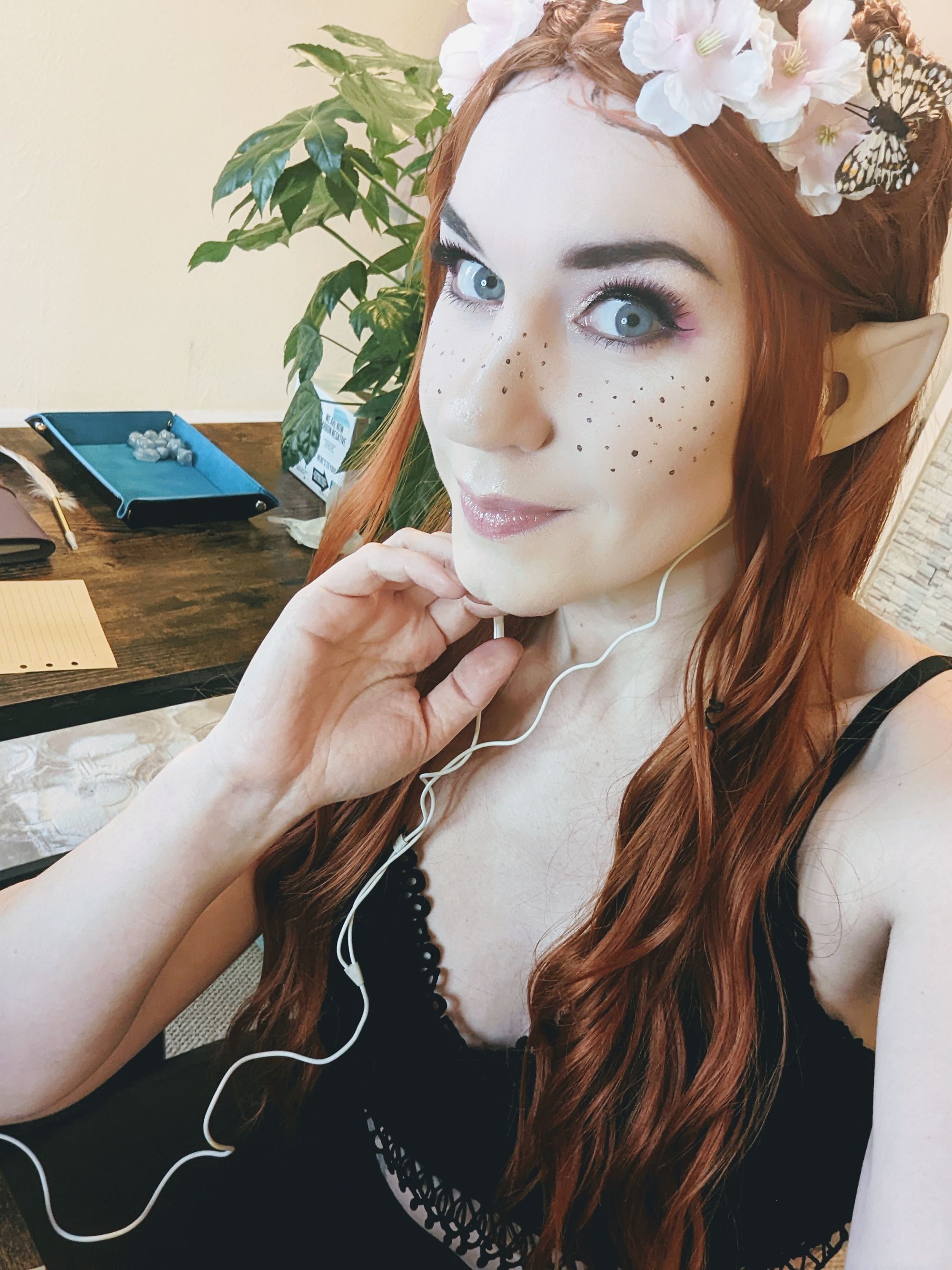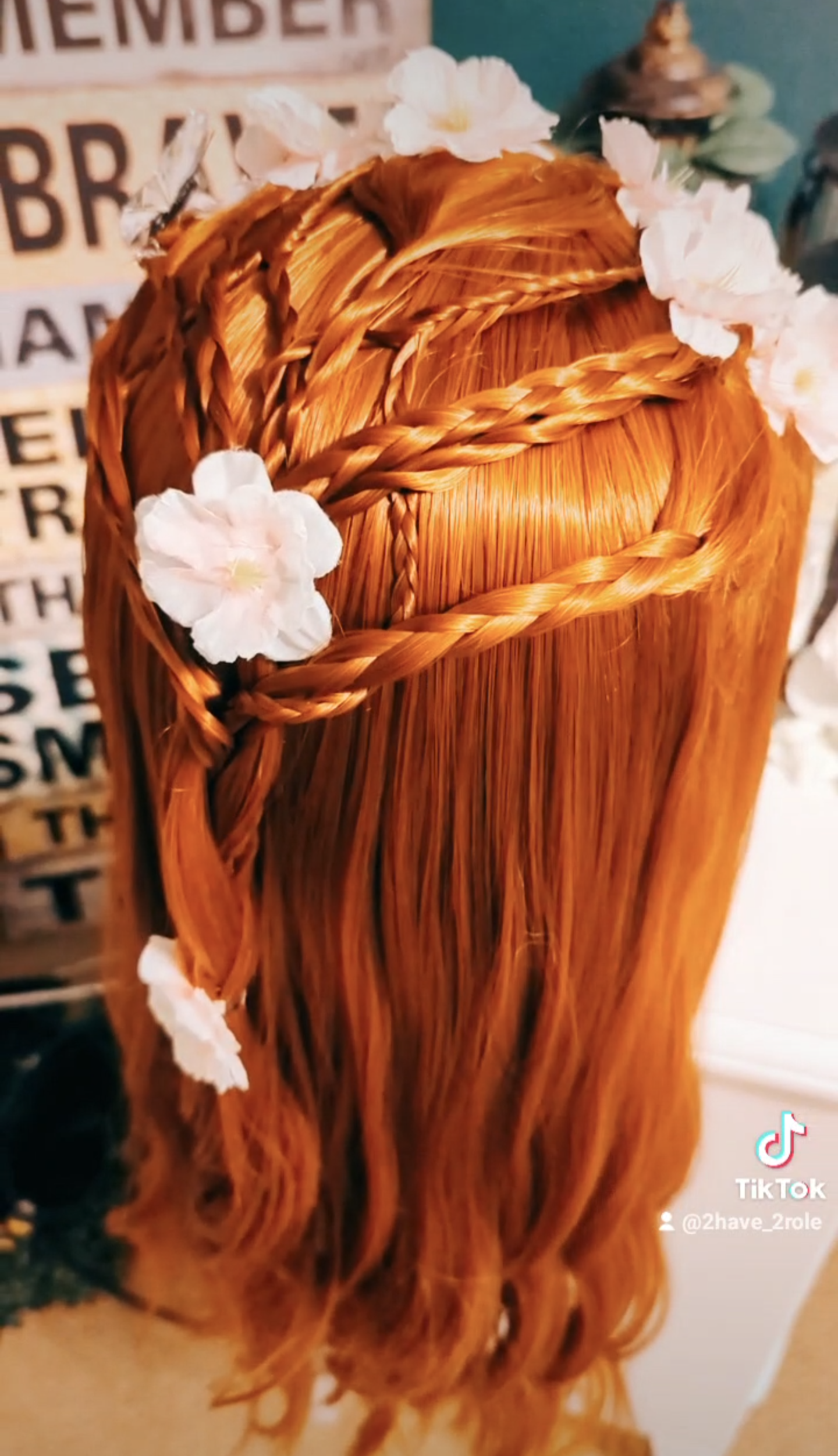With so many of us playing D&D online via video apps such as zoom, more people want to look like their character. You do not need to spend a lot of money or build a full cosplay to be your character. These five tips are here to help all D&D players slip into their characters with ease.
1. Consider your character's appearance in character creation.
The wonderful thing about becoming your D&D character is that you decide how they initially look. Creating a character with similar features to yourself shall make the process of looking like your character much more effortless. Having said that, through the power of makeup and prosthetics, you can be anyone!
2. Adding prosthetics, scars and tattoos.
Many options are available through race selection, where a small detail can ultimately make your look.
Elf ears are readily available online, and you do not need to spend a lot of money for these to look great! There are two main types. Clip on ears are much lower in cost; these do not require glue and are ready to go straight from the pack. Silicone ear cuffs are more expensive and require a skin safe adhesive, such as Spirit Gum. Silicone ears have the advantage of looking very realistic though clip-on ears are more affordable. The great thing about elf ears is that you can add piercings tattoos and even paint them.
Horn attachments for Tieflings are also available online as a Halloween accessory. These plastic headbands are low cost and look very realistic. Sanding the plastic with sandpaper can add a more horn-like, organic look.
Tusks for orcs are also a great accessory! However, you may wish to practice speaking while wearing these. They may even help you get into character by changing your voice into a more ‘Orcish’ tone.
Some characters may have scars from previous backstory events. Rigid collodion is a great scarring liquid. The liquid tightens the skin as it dries; the more layers you apply, the deeper the scar. Eye scars may look smart, but rigid collodion can be dangerous if too close to the eye area and can pull eyebrow hairs off. Silicone scar prosthetics can also be added using spirit gum; these are great if you wish to add fresh scars.
Finally, tattoos. Tattoos are a fun addition to your makeup look. There are tattoo felt pens available for hand drawing these on, though this can be time-consuming. Tattoo stamp tools are great for adding smaller tattoos or many small tattoos, such as a continuous print over the neck and face area. A third option would be to transfer tattoos. There are many sites where you can custom print a sheet of transfers; perhaps your character has a specific guild tattoo or something personal to their backstory.

3. Contour makeup and freckles.
Contouring your face can make a considerable difference when becoming your character. With this readily available makeup, you can change the shape of your nose to the height of your cheekbones and even create a different jawline. When it comes to using video, contour makeup needs to be heavier to be seen. The best advice is to apply your contour makeup while having your video app of choice open.
There are different types of contour makeup available. The cream tends to be better for the camera as the light can pick it up clearer than the powder options when it comes to powder vs cream.
Freckles can be a great addition and are easy to do. Tinted eyebrow gel is a good option as it lasts a long time without needing a setting spray. Eyeliner pencils and pens are great as you do not need an application tool. Body paint can also work if it has been set correctly as per the instructions. Many tools work well for application. A slightly damp stippling brush gives a scattered natural effect, while a thin brush can give a more precise application.

4. Skin colour options.
D&D has a full range of options from green Orcs to purple Tieflings. There are a couple of ways to achieve this look.
Bodypaint can be used here and is available in several forms. Cream body paints look great on camera and offer full coverage; they are affordable and come in a wide range of colours. Grease paints are easy to apply and tend to be more vibrant, and they are also great for blending. Since grease paints do not set, they can become messy if you touch your face. Water-activated paints are usually the best choice because they cover a large area. It takes a little more practice to work with water-activated paints, but the end looks more believable.
You do not need to paint your skin to sell the look. Using coloured eyeshadows in place of your contour can create a tint to your skin without painting it. Focus the shadow around the edges of your face, below your cheekbones and on the tips of your ears.
5. Wigs and hair accessories.
Finally, adding a great wig can complete a character look. There are many options available when it comes to colours and styles.
A lace front wig offers the opportunity to blend a natural-looking hairline; This is done by cutting the lace and then gluing it to your skin. Spirit gum can be used as glue, or Got2Be hair gel works well here.
A hard front wig does not require any gluing and is relatively simple to fit. Hard front wigs usually require some shaping around the fringe area using scissors.
You can use wig tape around your head and ears for some extra security. If you wear a heavy wig with many accessories, a wig band can help with the weight.
Many D&D characters have beautiful scenery within their hair. Mushrooms, flowers and butterflies wrapped within braids. These accessories are fun to make; they can create a complete look.

The Hype Goblin has a wonderful video on how she made her D&D cosplay wig! The video is linked at the bottom of the page.
You are now ready to create your very own character makeup look! Tag us on Instagram or join our discord community, where you can post your character looks into our cosplay section!
Robyn.

